How Does a Formula 1 Car Work?

- Every part of the F1 car is designed with the utmost precision
- F1 car is a complex piece of machinery & teams spend millions to maintain
- The improvements to the car through upgrading the parts don't ever stop
An F1 car is a complex piece of machinery, and a lot of thinking, effort, and money go into making it.
Front Wing
Probably one of the essential parts in an F1 car, this is the first part that comes into contact with the incoming airflow when the cars hit the tracks. This part is essential for a car's aerodynamic performance. A well-designed front wing improves the all-around performance of the car and even helps to keep it on the ground instead of letting it fly. A poorly designed front wing will mean that the car's performance will dip, and the rest of the car won't be as efficient either.

Photo Credit: www.formula1.com
The front wing not only creates its own downforce but also works with the airflow around the front tires. The front wing reduces the wake amount left behind the front tires. Once the aforementioned part is taken care of, the car benefits tremendously, and other parts, such as the diffuser, also enjoy the benefit.

Photo Credit: www.formula1.com
Diffuser
This part generates the most downforce on the underside of the car. It is a flared opening at the back of the floor that creates a low-pressure area when airflow is accelerated under the floor. This creates a high downforce as the car is pushed downwards by the high-pressure air on top of the car.
The diffuser is specially designed to ensure that there is no separation of the airflow when it goes under the space in the car. This can significantly affect the performance of the overall floor.
Suspension
The link between the wheels and the car is called the suspension. An F1 car is allowed to have up to six structural members on the wheel. Depending on whether it is at the front or rear suspension, it comprises the pushrod, two double wishbones, a pull rod, a track rod, or a steering arm.
The teams usually use the pull-rod suspension at the rear end of the car, and in 2019, all the teams employed the pushrod at the front part of the car.

Photo Credit: www.roadandtrack.com
Sidepods
Sidepods play an essential role in packaging the car tightly and housing the manifolds and radiators compactly, minimizing the drag. The radiator inlets are set on both sides of the F1 car and should accept enough air to provide sufficient cooling for the power unit. Without proper cooling, the engine and other components are at risk of overheating and losing performance, or even failing altogether.
The inlets need to be designed with the utmost precision and should remain small in size. They should be placed so that they receive the maximum amount of fresh and clean air.
Trending News
 1 min readNew KTM RC 160 Spotted Testing
1 min readNew KTM RC 160 Spotted Testing
Latest News
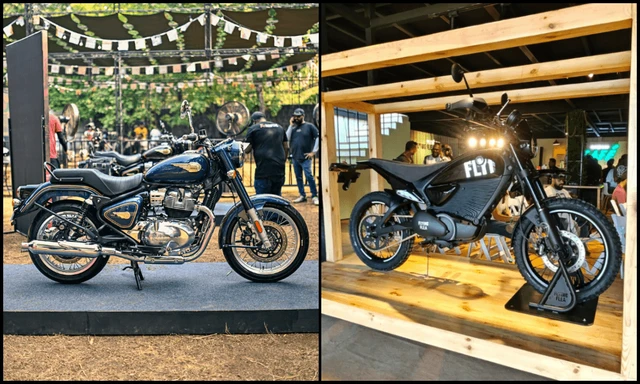 Jafar Rizvi | Nov 21, 2025Motoverse 2025: Royal Enfield Bullet 650, Flying Flea S6 Make India DebutPrices for the Bullet 650 are expected to be announced in the coming months.3 mins read
Jafar Rizvi | Nov 21, 2025Motoverse 2025: Royal Enfield Bullet 650, Flying Flea S6 Make India DebutPrices for the Bullet 650 are expected to be announced in the coming months.3 mins read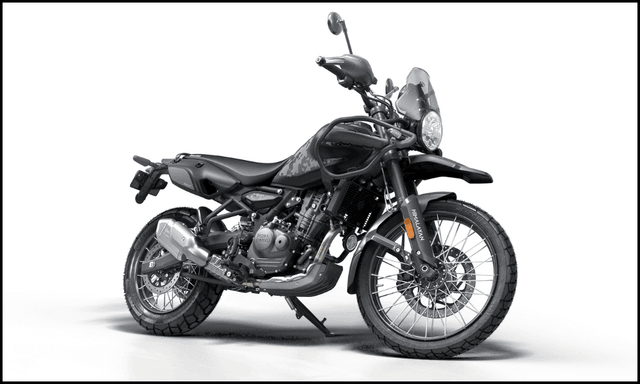 car&bike Team | Nov 21, 2025Royal Enfield Himalayan 450 Mana Black Launched At Rs 3.37 LakhThe Mana Black trim costs Rs 17,000 more than the Hanle Black and mainly adds a new colour scheme, along with a set of extra accessories.1 min read
car&bike Team | Nov 21, 2025Royal Enfield Himalayan 450 Mana Black Launched At Rs 3.37 LakhThe Mana Black trim costs Rs 17,000 more than the Hanle Black and mainly adds a new colour scheme, along with a set of extra accessories.1 min read car&bike Team | Nov 21, 2025Skoda Auto Volkswagen India Crosses 2 Million Unit Production MilestoneThe Indian arm of the VW Group commenced local manufacturing of cars back in 2001.1 min read
car&bike Team | Nov 21, 2025Skoda Auto Volkswagen India Crosses 2 Million Unit Production MilestoneThe Indian arm of the VW Group commenced local manufacturing of cars back in 2001.1 min read Jaiveer Mehra | Nov 21, 2025Genesis Magma GT Concept Previews Future Mid-Engine Halo CarFuture halo car to also enter GT racing competition.1 min read
Jaiveer Mehra | Nov 21, 2025Genesis Magma GT Concept Previews Future Mid-Engine Halo CarFuture halo car to also enter GT racing competition.1 min read Jaiveer Mehra | Nov 21, 2025Hyundai Crater Off-Road SUV Concept Unveiled At LA Auto Show 2025Hyundai says the boxy SUV concept ‘explores the next evolution’ of its more rugged XRT model series.1 min read
Jaiveer Mehra | Nov 21, 2025Hyundai Crater Off-Road SUV Concept Unveiled At LA Auto Show 2025Hyundai says the boxy SUV concept ‘explores the next evolution’ of its more rugged XRT model series.1 min read Shams Raza Naqvi | Nov 20, 2025Don’t Need To Protect Image And Constraints: Lexus President Takashi WatanabeIn a ringside chat with car&bike at this year's Japan Mobility Show, Lexus International President Takashi Watanabe lists out what’s in store for the brand in the years to come.1 min read
Shams Raza Naqvi | Nov 20, 2025Don’t Need To Protect Image And Constraints: Lexus President Takashi WatanabeIn a ringside chat with car&bike at this year's Japan Mobility Show, Lexus International President Takashi Watanabe lists out what’s in store for the brand in the years to come.1 min read
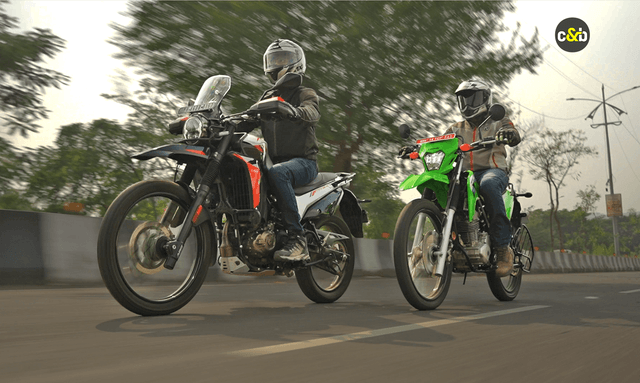 Janak Sorap | Nov 19, 2025Hero Xpulse 210 Vs Kawasaki KLX 230 Comparison Review: Dual-Sport DilemmaWith a price difference of just Rs 12,000, which of the two dual-sport motorcycles is meant for you?1 min read
Janak Sorap | Nov 19, 2025Hero Xpulse 210 Vs Kawasaki KLX 230 Comparison Review: Dual-Sport DilemmaWith a price difference of just Rs 12,000, which of the two dual-sport motorcycles is meant for you?1 min read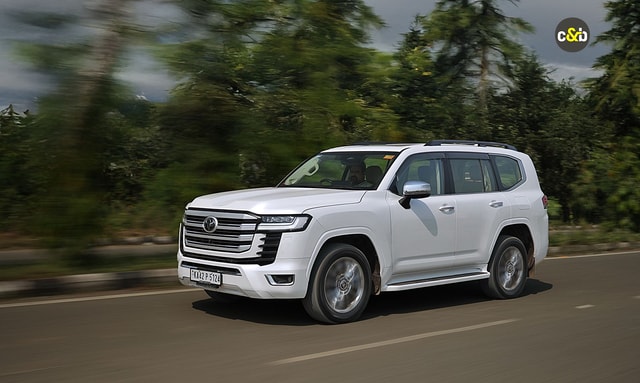 Jaiveer Mehra | Nov 17, 20252025 Toyota Land Cruiser 300 Review: Beast From The EastThe Land Cruiser name may have a long and storied history, but does it fit the bill for an Rs 2 crore-plus SUV in India?13 mins read
Jaiveer Mehra | Nov 17, 20252025 Toyota Land Cruiser 300 Review: Beast From The EastThe Land Cruiser name may have a long and storied history, but does it fit the bill for an Rs 2 crore-plus SUV in India?13 mins read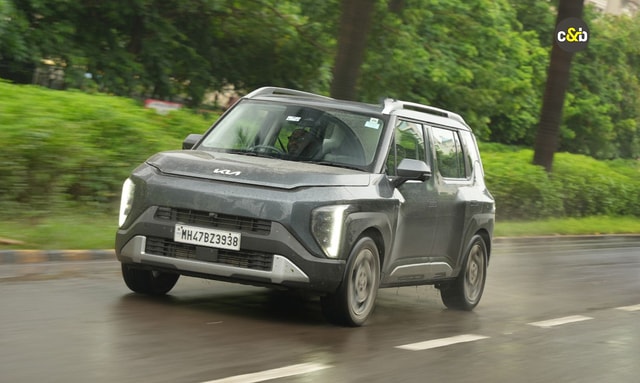 Seshan Vijayraghvan | Nov 17, 2025Kia Syros 1.0 Turbo Petrol: 6000 km Long-Term Review – Final Report!I lived with the Syros for more than 6000 km, over 3 months, and in this final report, I am going to talk about the Pros, the Cons, and everything in between.1 min read
Seshan Vijayraghvan | Nov 17, 2025Kia Syros 1.0 Turbo Petrol: 6000 km Long-Term Review – Final Report!I lived with the Syros for more than 6000 km, over 3 months, and in this final report, I am going to talk about the Pros, the Cons, and everything in between.1 min read car&bike Team | Nov 13, 2025Numeros n-First First Ride Review: Motorbike-Inspired EV ScooterWe test rode the n-First i-max+ in busy Bengaluru roads recently. It’s ability to tackle city roads well and comfortable seats make it a scooter worth a check. Read on to know if it makes sense for you to consider buying it.3 mins read
car&bike Team | Nov 13, 2025Numeros n-First First Ride Review: Motorbike-Inspired EV ScooterWe test rode the n-First i-max+ in busy Bengaluru roads recently. It’s ability to tackle city roads well and comfortable seats make it a scooter worth a check. Read on to know if it makes sense for you to consider buying it.3 mins read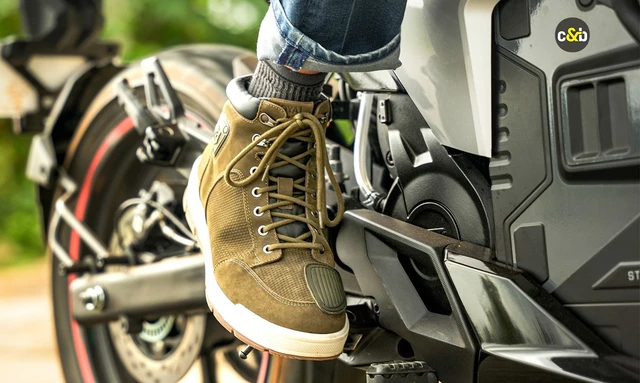 Preetam Bora | Nov 12, 2025Royal Enfield Nomad WP Mid Ankle Riding Boots ReviewThe Royal Enfield Nomad Waterproof mid-ankle boots have robust construction, good fit and a waterproof liner as well. But are they worth Rs. 7,500 or should you give them a pass?4 mins read
Preetam Bora | Nov 12, 2025Royal Enfield Nomad WP Mid Ankle Riding Boots ReviewThe Royal Enfield Nomad Waterproof mid-ankle boots have robust construction, good fit and a waterproof liner as well. But are they worth Rs. 7,500 or should you give them a pass?4 mins read
































































































































